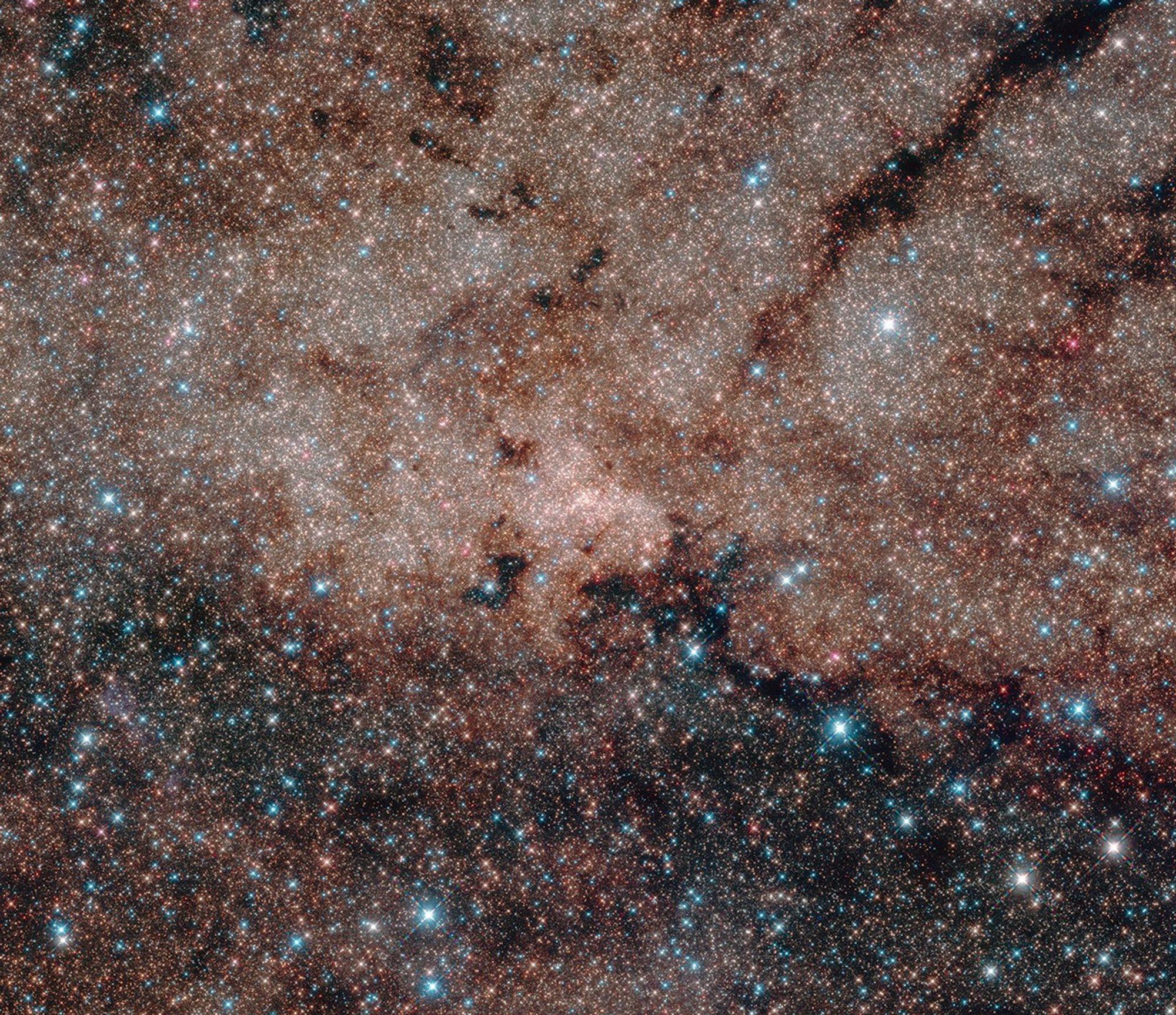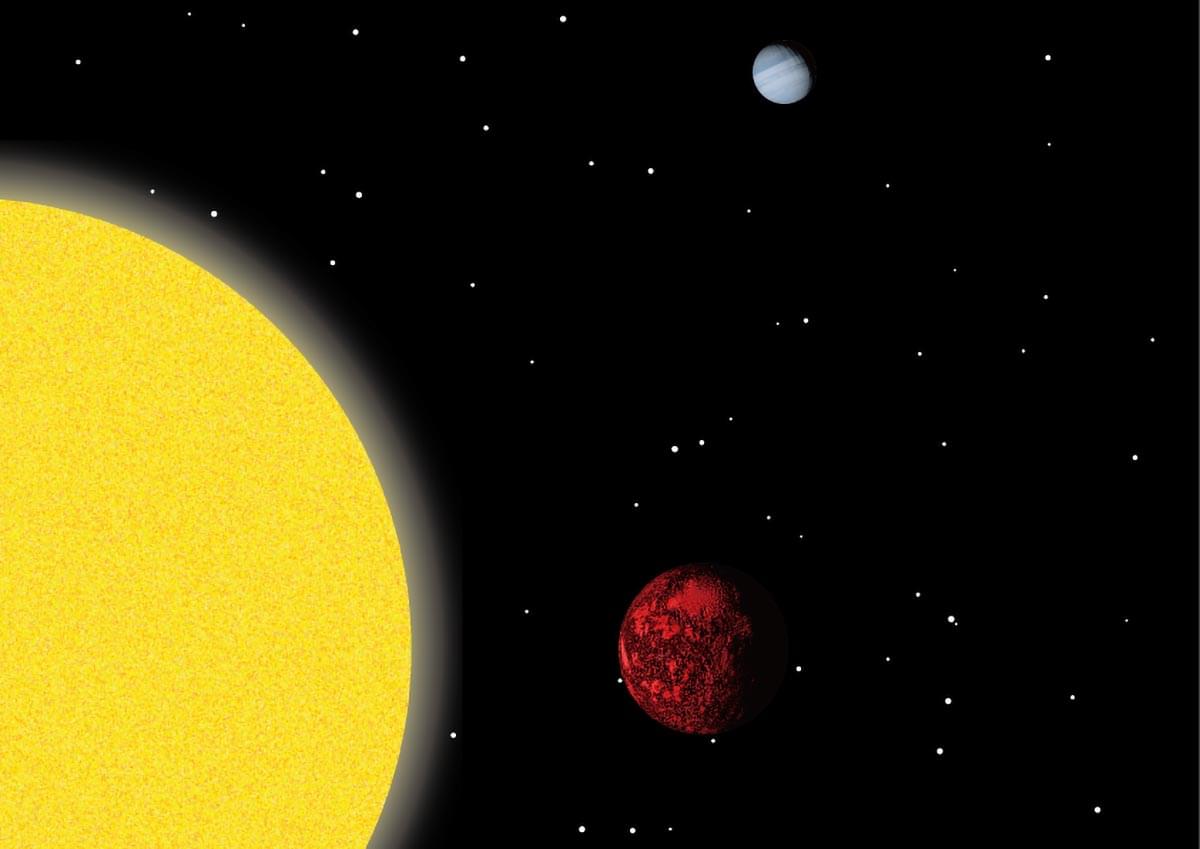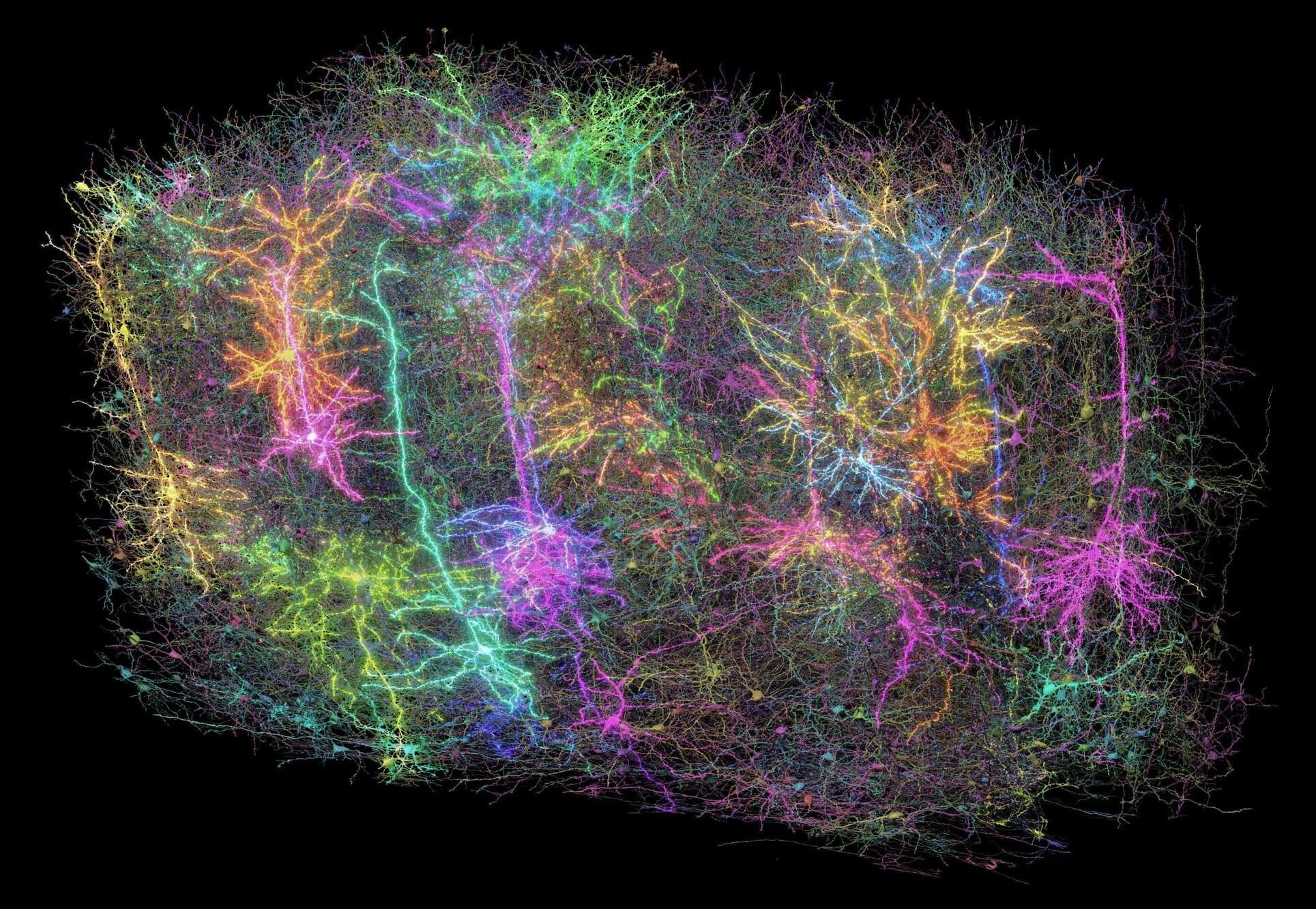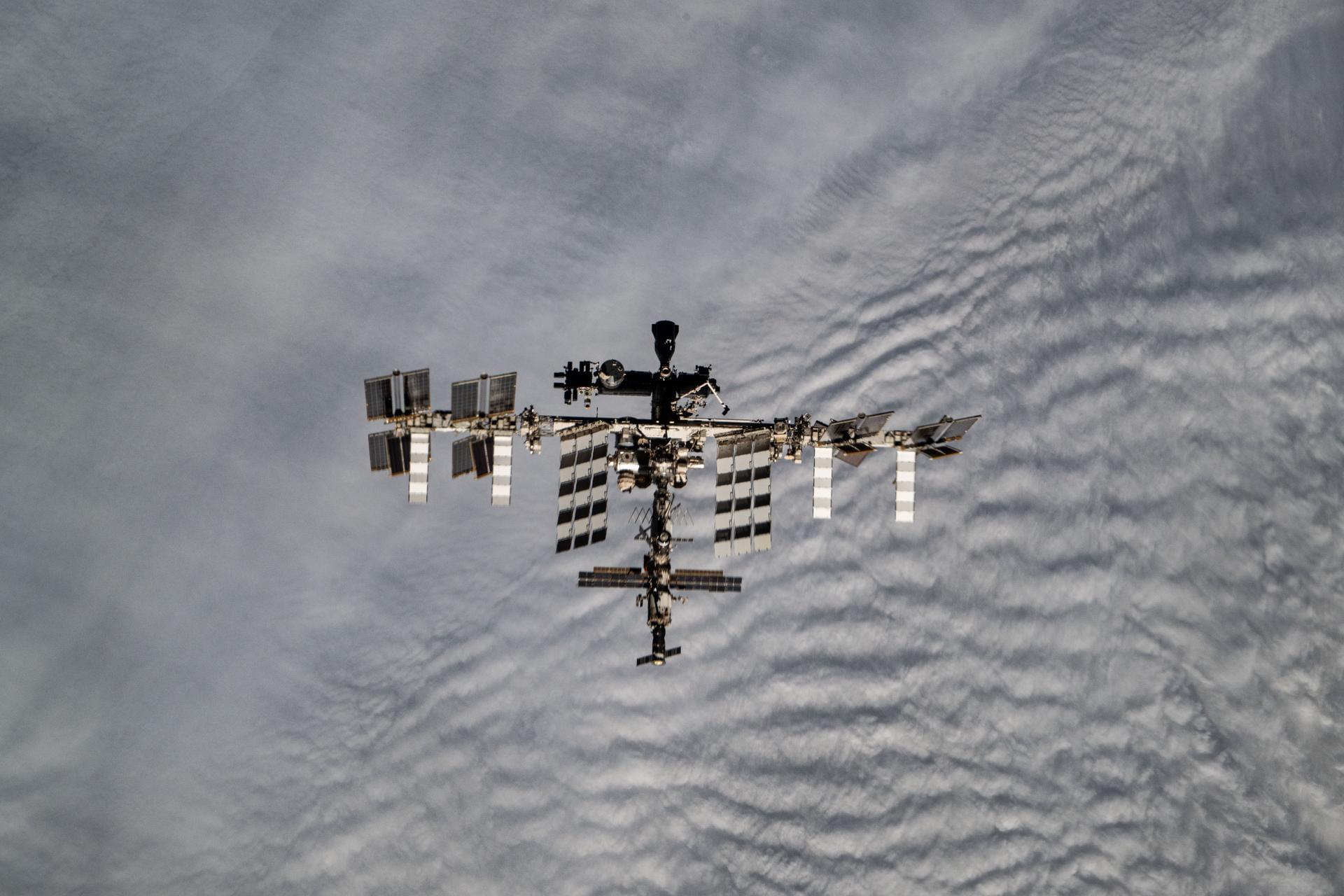A machine learning method has the potential to revolutionize multi-messenger astronomy. Detecting binary neutron star mergers is a top priority for astronomers. These rare collisions between dense stellar remnants produce gravitational waves followed by bursts of light, offering a unique opportunit
Category: space – Page 90

Mike Duncan chronicles the history of the future Martian Revolution
Podcast host Mike Duncan on how studying real-world history helped him imagine what a ‘Martian Revolution’ could look like.

Massive Ocean Hiding Inside Mars and More Incredible Discoveries
Get a Wonderful Person Tee: https://teespring.com/stores/whatdamath.
More cool designs are on Amazon: https://amzn.to/3QFIrFX
Alternatively, PayPal donations can be sent here: http://paypal.me/whatdamath.
Hello and welcome! My name is Anton and in this video, we will talk about major updates from Mars.
Links:
https://agupubs.onlinelibrary.wiley.com/doi/10.1029/2024JE008697
https://www.nature.com/articles/s43247-024-01837-2
https://www.science.org/doi/10.1126/sciadv.adr0010
https://www.nature.com/articles/s41561-024-01576-1
https://www.pnas.org/doi/10.1073/pnas.2409983121
https://agupubs.onlinelibrary.wiley.com/doi/10.1029/2024GL109133
https://www.hou.usra.edu/meetings/lpsc2025/pdf/1427.pdf.
https://www.nature.com/articles/s41467-025-56970-z.
More mars discoveries:
https://youtu.be/FdqGW6VRD-o.
https://youtu.be/3JwwKxXi_qo.
#mars #astronomy #solarsystem.
Support this channel on Patreon to help me make this a full time job:
https://www.patreon.com/whatdamath.
Bitcoin/Ethereum to spare? Donate them here to help this channel grow!
bc1qnkl3nk0zt7w0xzrgur9pnkcduj7a3xxllcn7d4
or ETH: 0x60f088B10b03115405d313f964BeA93eF0Bd3DbF
Space Engine is available for free here: http://spaceengine.org.
Enjoy and please subscribe.
Twitter: https://twitter.com/WhatDaMath.
‘Hidden galaxies’ discovery, if confirmed, will upend our current understanding of the universe
Researchers mapped a far-infrared landscape brimming with nearly 2,000 galaxies. There may be “hidden galaxies” lurking just out of sight.
Utopia — Hypnotic Ambient Music For Sleep
I wish for all òf us we the living and we that’s yet to be.
Welcome to Utopia—a serene fusion of nature and futuristic living, where elegant umbrella-shaped homes glow beneath a starry sky. Let the soothing ambient music weave everything into harmony, guiding you into pure tranquility.
Welcome to my channel. I make calm cinematic background ambient music in various forms: cyberpunk sleep music ambient, future city chill music, ambient for deep sleep, ambient for relaxation and meditation, music for focus and relaxation, future city ambient, chill cyberpunk ambience.
Please, help me grow the channel by liking, sharing and commenting 🙏
#scifimusic #sleepmusic #deepmusic #space #futurecity #ambientmusic #scifiambient #naturemusic #ambientmusic

With new database, researchers may be able to predict rare ‘milky seas’ bioluminescent event
For generations, sailors around the globe have reported a mysterious phenomenon: Vast areas of the ocean glow steadily at night, sometimes for months on end. The light is bright enough to read by and is oddly similar to the green and white aura cast by glow-in-the-dark stars that have decorated children’s rooms. Stretching over ocean space as broad as 100,000 square kilometers, the light can, at times, even be seen from space.
This rare bioluminescent display was coined by sailors as “milky seas.” Despite being encountered for centuries, scientists still know very little about what causes this glowing effect because they are quite rare—they usually occur in the remote regions of the Indian Ocean, far from human eyes. A likely theory is that the glow comes from activity by a luminous microscopic bacteria called Vibrio harveyi.
To better predict when milky seas will occur, researchers at Colorado State University have compiled a database of sightings over the last 400 years.

Scientists map part of a mouse’s brain that’s so complex it looks like a galaxy
Thanks to a mouse watching clips from “The Matrix,” scientists have created the largest functional map of a brain to date—a diagram of the wiring connecting 84,000 neurons as they fire off messages.
Using a piece of that mouse’s brain about the size of a poppy seed, the researchers identified those neurons and traced how they communicated via branch-like fibers through a surprising 500 million junctions called synapses.
The massive dataset, published Wednesday by the journal Nature, marks a step toward unraveling the mystery of how our brains work. The data, assembled in a 3D reconstruction colored to delineate different brain circuitry, is open to scientists worldwide for additional research—and for the simply curious to take a peek.
